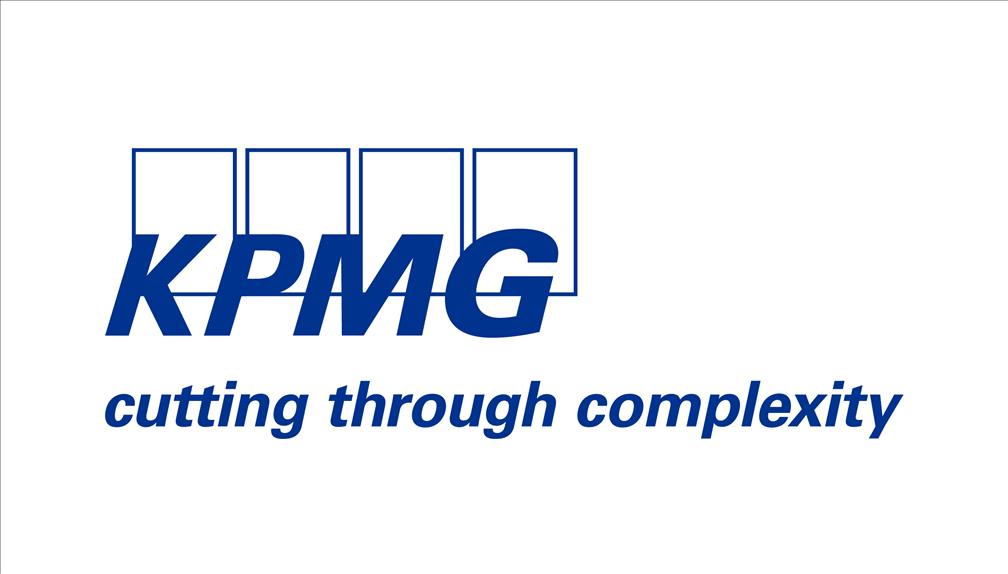 Earlier this month, the Government announced it would be changing the law retrospectively to remove GST registered bodies corporate from the GST rules, with effect from June 6, 2014.
Earlier this month, the Government announced it would be changing the law retrospectively to remove GST registered bodies corporate from the GST rules, with effect from June 6, 2014.
Inland Revenue Department (IRD) has released guidance on the operational approach that it would follow until the law is amended. In summary, the Income Tax Commissioner will continue to apply the current law until it is amended.
The threshold
If a body corporate makes taxable supplies of more than $60,000 per annum, it is technically required to register for GST, notwithstanding any future law change.
However, IRD will continue to apply its previous interim operational advice, which does not require GST registration in these cases.
Bodies corporate that have GST registered voluntarily can apply to be de-registered, to remove any future GST filing/payment requirements.
Bodies corporate already GST registered, and liable to be registered (because they exceed the $60,000 taxable supplies threshold), must continue charging GST on supplies and filing returns.
This means they must continue to return output GST and can continue to claim GST refunds on expenditure.
GST paid after June 6, 2014 will be refunded by IRD, and bodies corporate must repay any GST refunds arising after that date, once legislation is enacted.
Money interest
Use of money interest will apply as normal. That is, IRD will pay use of money interest on output GST refunded and will charge interest on GST refunds that must be repaid. Bodies corporate can apply to have interest remitted.
IRD has indicated that such requests are likely to be considered favourably if a body corporate was registered before June 6, 2014 and is unable to be de-registered until the law is changed.
Late payment penalties may apply to GST refunds that must be repaid, although IRD has indicated that the setting of a new due date will mean affected bodies corporate will have at least 30 days to pay the tax.
New bodies corporate can still choose to register on or after June 6, 2014, with the consequences outlined above.
Some prospects
In our earlier Taxmail on the Government’s announcement, we highlighted the prospect of taxpayers having to apply a set of rules that do not (and may not) have any legislative force and are also contrary to IRD’s better view of the current law.
This will leave affected bodies corporate in an untenable position.
IRD’s operational guidance, which takes the form of a set of 22 Questions and Answers and the need for it, confirms our concerns about the unworkability of this retrospective law change.
While we do not envy the Commissioner, who has been put in an unfortunate position of having to act consistently with both the current law and the proposed change, the operational statement does not provide taxpayers with any palatable options or the required certainty.
Uncertainty confirmed
In fact, the statement confirms there will be uncertainty because, for example, the proposed legislation may change, but then takes the curious approach of suggesting taxpayers seek advice from their tax advisors to get more certainty.
It is unclear as to how advisers can provide greater certainty in the absence of Government and Officials choosing to do so.
For example, the statement notes that there may be a potential GST liability on the assets owned by a body corporate, on deregistration, but indicates this is an issue still to be resolved as part of the design of the new rules.
Therefore, taxpayers may have a liability but would not know their position, to plan for it, until legislation is introduced.
Some concerns
Our other concerns with the Commissioner’s statement are as follows:
Bodies corporate that were GST registered prior to June 6, 2014 (and are not able to de-register because they make supplies in excess of the $60,000 threshold) have no option but to continue to file GST returns and make payments, only for these assessments to be re-assessed, and the GST to be refunded, once the law is changed. This imposes additional compliance costs for no real benefit.
A bad risk
Meanwhile, bodies corporate and their members will lose out on the use of these funds and will receive a below market rate of interest from IRD having use of the money.
Bodies corporate that continue to claim GST on their expenditure will run the risk that interest will be charged. The best the Commissioner’s operational statement does is to suggest that taxpayers can apply to have interest remitted and this is likely to be looked on favourably in certain circumstances.
It is surprising that IRD is even raising the possibility of interest (not to mention penalties) applying when taxpayers have followed the law at the time.
Perverse situation
This will lead to the perverse situation that taxpayers must fully comply with their GST output obligations but not claim GST refunds on expenditure to mitigate completely the risk of interest and penalties.
This would have been a prime opportunity for the Commissioner to exercise more pragmatically her care and management responsibilities to allow GST registered bodies corporate (that cannot voluntarily de-register, or opt out, and will therefore face real costs) an easier compliance option than simply continuing with the status quo.
 She should also confirm categorically that application of the interest and penalties rules is not acceptable nor warranted, in these types of circumstances, when taxpayers are required to apply one set of rules while effectively having to wait for a proposed law change that provides for the opposite outcome to the current law.
She should also confirm categorically that application of the interest and penalties rules is not acceptable nor warranted, in these types of circumstances, when taxpayers are required to apply one set of rules while effectively having to wait for a proposed law change that provides for the opposite outcome to the current law.
Dinesh Naik is Tax Partner at KPMG based in Auckland. KPMG is the Sponsor of the ‘Business Excellence in ICT Category’ of the Indian Newslink Indian Business Awards 2014.






